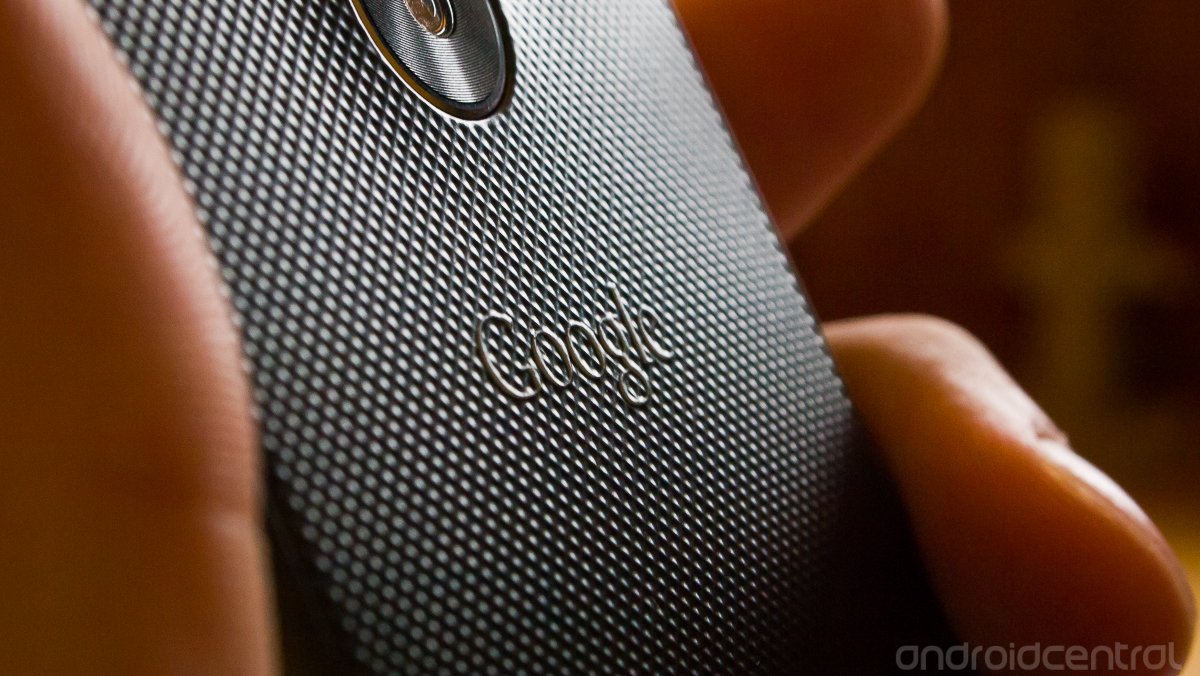FCC application reveals Google's plans for campus-wide wireless network

Earlier this month, Google applied with the FCC to create an experimental wireless network on its Mountain View campus. The network will initially cover a 2 mile radius of the Googleplex, and will run on a specific set of frequencies -- 2524 to 2625MHz. The set of frequencies is a bit obscure and isn't actively being used by any major carrier or devices, that is except for Clearwire. So we know Google is making its own cellular network for use around its campus, but what everyone's really wondering is why are they doing it?
One quick speculation is that Googlers will use the network to test new radios made by its recently-acquired Motorola handset division. This seems pretty unlikely, considering making devices that run in the 2500 to 2600MHz range isn't the best way to reach many carriers or customers. No other operator in the U.S. and few operators around the world have networks deployed in this space. Google and Motorola can quite easily test devices for the major networks with cell coverage that covers the campus from major operators currently.
What if Google just wants the network to give reliable internet access to everyone on the campus? We don't see why Google would need to deploy a traditional mobile network to accomplish this. Anyone who's visited the Google campus knows that a solid internet connection isn't exactly hard to find. There's an extensive network of wired and traditional Wifi networking available already, and given the frequencies at play here the cellular network wouldn't offer any better building penetration capabilities than would Wifi.
So, what is it then?
A slightly (and just oh-so-slightly) more likely and much more interesting speculation is that Google is trialing a small-scale network with its employees to test new devices for a larger network in the future. This would explain why Google is choosing such seemingly random (and honestly pretty poor) frequencies to operate on. Clearwire may be the only large network and spectrum holder willing to make deals to operate in the space. If Google is testing a network for a large deployment at a later date, it would test on the same frequencies it planned on using later. Both Google and Clearwire have declined to comment on any deal between the two surrounding the FCC filing, but Clearwire typically partners with companies testing equipment on its network bands. Google itself holds no spectrum licenses in these bands.
Having Clearwire involved adds a whole new level to this network discussion, as the company has had a shaky past and uncertain future ahead of it. Long-term minority shareholder Sprint finally took a controlling interest in the company late last year, and pending regulatory and shareholder approval Sprint will soon own 100-percent of Clear. All the while, wireless network hopeful Dish -- which has reportedly had talks with Google among others to partner in its network launch -- has been in talks to make a bid to buy Clearwire as well.
Let's not jump to conclusions though. Google is creating a network with a 2 mile radius and no more than 60 transmitting towers, each under 20 feet tall. That's not exactly a stone's throw away from a nationwide (or even citywide) wireless network. Just because Google is working to make a wireless network on the campus of an internet company doesn't mean that it's readying its own network for wide-scale deployment. Google does so many weird and seemingly random experiments, the only reason why we're hearing about this now is that it was big enough to require an FCC certification.
Get the latest news from Android Central, your trusted companion in the world of Android

Andrew was an Executive Editor, U.S. at Android Central between 2012 and 2020.
